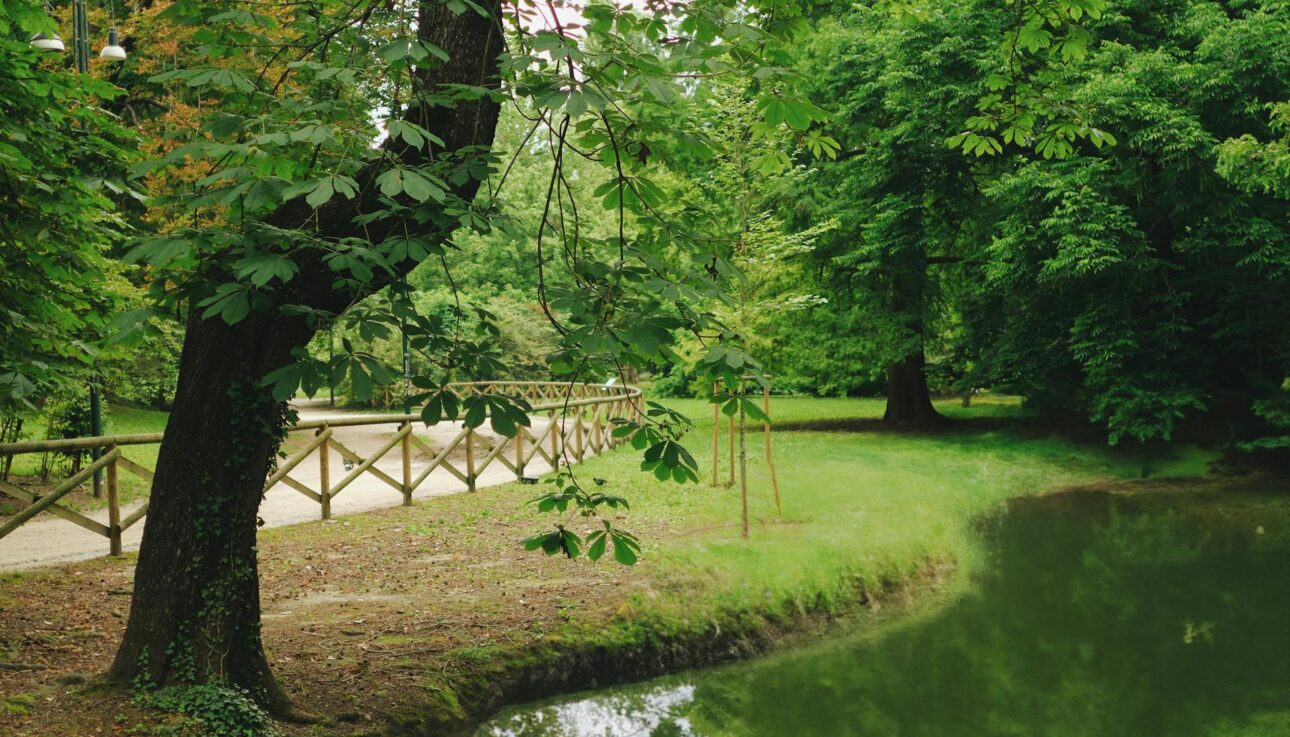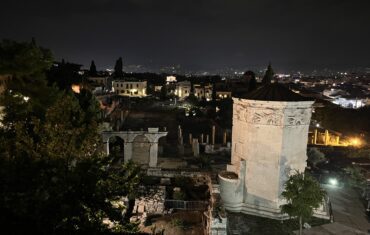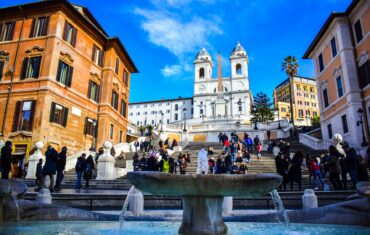In our fast-paced world, travel has often become another box to check off—a whirlwind of landmarks, tourist attractions, and Instagram-worthy moments. The typical vacation can feel like a race against time, an endless rush from one famous site to the next. But there’s a growing movement pushing back against this frenetic style of travel: slow travel. Rather than speeding through a destination, slow travel encourages you to linger, savor, and connect. It’s a philosophy that can completely transform the way you experience a new place, offering deeper rewards than traditional sightseeing ever could.
Slowing Down to Connect
When you adopt a sightseeing mentality, the goal is often to see as much as possible in the shortest amount of time. You snap a photo of the Eiffel Tower, rush to the Colosseum, and check off the Leaning Tower of Pisa before hopping to the next country. While you may leave with a collection of impressive photos and stories, the experience can feel superficial. You’ve seen the sights, but have you really connected with the places you’ve visited?
Slow travel, on the other hand, invites you to go beyond the landmarks. Instead of racing from one attraction to another, you take the time to explore a place on a deeper level. Imagine staying in a small Tuscan village for a week rather than breezing through Florence for a day. You begin to recognize the rhythms of daily life—the way the sun hits the cobblestones in the early morning, the quiet murmur of locals greeting each other at the corner café, the scent of fresh bread wafting through the streets. This slow immersion allows you to form a personal connection with the destination, one that lingers long after you’ve left.
A More Meaningful Cultural Experience
In traditional sightseeing, the focus is on checking off iconic destinations. You might visit famous museums, dine at renowned restaurants, or snap photos of monuments that have been photographed thousands of times before. These experiences are valuable, but they can sometimes feel surface-level, as though you’re seeing a curated version of a place—polished for tourists.
Slow travel pulls you deeper into the culture. Instead of just visiting that renowned museum, you might wander into a local art gallery tucked away in a narrow alley or stumble upon a small family-owned restaurant where no one speaks your language, but the food speaks volumes. You find yourself shopping at local markets, engaging with the vendors, tasting fruits and cheeses you’ve never heard of. This isn’t about rushing through a list of top attractions, but rather about letting the culture unfold around you, naturally, at its own pace.
Savoring Moments Rather Than Chasing Them
One of the most noticeable shifts between slow travel and sightseeing is in the pace. Sightseeing is typically marked by a packed itinerary. Every hour is accounted for, and every moment is filled with something to do. While this can lead to exciting, fast-paced adventures, it can also leave you feeling more exhausted than fulfilled by the end of your trip. You may have seen everything, but have you truly enjoyed anything?
Slow travel teaches you to savor each moment. There’s no need to rush to the next attraction when you’re lingering in one place for a while. Instead of hurrying through a crowded tourist spot, you might spend an entire afternoon people-watching in a local square, sipping a cappuccino while soaking in the atmosphere. The pressure to do it all fades away, replaced by the luxury of time—time to be present, time to appreciate your surroundings, time to let the essence of the place seep into your memory.
Benefitting the Local Area
One of the greatest advantages of slow travel is how it benefits the local communities you visit. Traditional sightseeing, especially when it revolves around major tourist destinations, can be extractive. You pass through, spend your money at popular attractions or international chains, and leave without contributing much to the local economy. This can lead to overtourism, where locals are pushed out of their neighborhoods, traditional businesses struggle, and the cultural fabric of the place begins to fray under the weight of endless waves of tourists.
With slow travel, the benefits flow both ways. By staying in one place longer, you invest more deeply in the local economy. Instead of grabbing a quick bite at a fast-food chain, you’re more likely to seek out family-run restaurants, bakeries, and coffee shops. You might buy your groceries at a neighborhood market, rent your accommodation from a local host, or join a community-led tour. This not only gives you a more authentic experience but also ensures that your spending goes directly to the people who live and work in the area.
Moreover, slow travel allows you to engage with locals in more meaningful ways. You get to know the people running the small businesses you frequent, learn about their lives, and contribute to their livelihood. Rather than being a passive visitor, you become part of the community, even if only for a short time. And this mutual exchange—your support of the local economy in exchange for a more intimate travel experience—helps preserve the culture and vibrancy of the place you’re visiting.
A More Sustainable and Mindful Approach
Another significant benefit of slow travel is its sustainability. Rapid travel often comes with a hefty environmental footprint—frequent flights, bus tours, and a reliance on quick, often commercialized experiences that can contribute to the degradation of local environments and cultures. Over-tourism is a real issue in many of the world’s most popular destinations, and traditional sightseeing can sometimes unintentionally exacerbate this problem.
Slow travel, by contrast, advocates for a more mindful approach. By spending more time in one location, you reduce the need for constant transportation and lessen your impact on the environment. You’re also more likely to support local businesses—eating at small, family-owned restaurants, shopping at local markets, staying in locally-run accommodations. This approach not only helps to preserve the local culture and economy but also makes you more aware of the destination’s needs and challenges. It becomes not just about what the place can offer you but about how you can travel more respectfully and responsibly.
Creating Lasting Memories
Perhaps the greatest gift of slow travel is the richness of the memories it leaves you with. In traditional sightseeing, the memories might blur together—one famous site blending into the next. You might find yourself looking back at photos to remember the details of a trip that felt like it went by in a flash.
With slow travel, the memories you create are more vivid and lasting because they are tied to real, unhurried experiences. Instead of recalling a rushed visit to a museum, you’ll remember the kind shopkeeper who insisted you try a piece of local chocolate, the gentle breeze as you strolled along a quiet beach at sunset, or the lively conversation you had with a local artist about their craft. These moments aren’t scripted; they happen because you’ve allowed time for them to unfold. And these are the memories that stay with you long after your trip ends, the ones that make travel feel transformative rather than transactional.
Conclusion: The Journey, Not Just the Destination
In the end, slow travel isn’t about how many miles you cover or how many sites you see. It’s about the depth of your experiences, the connections you make, and the memories you create along the way. While traditional sightseeing offers its own rewards, slowing down allows you to experience travel on a more intimate and meaningful level.
The next time you plan a trip, consider how you want to experience the destination. Will you rush through, checking off sights as you go? Or will you slow down, savor the moments, and allow the place to leave its mark on you? The choice is yours, but for those seeking a deeper connection with the world, slow travel offers an experience unlike any other.









